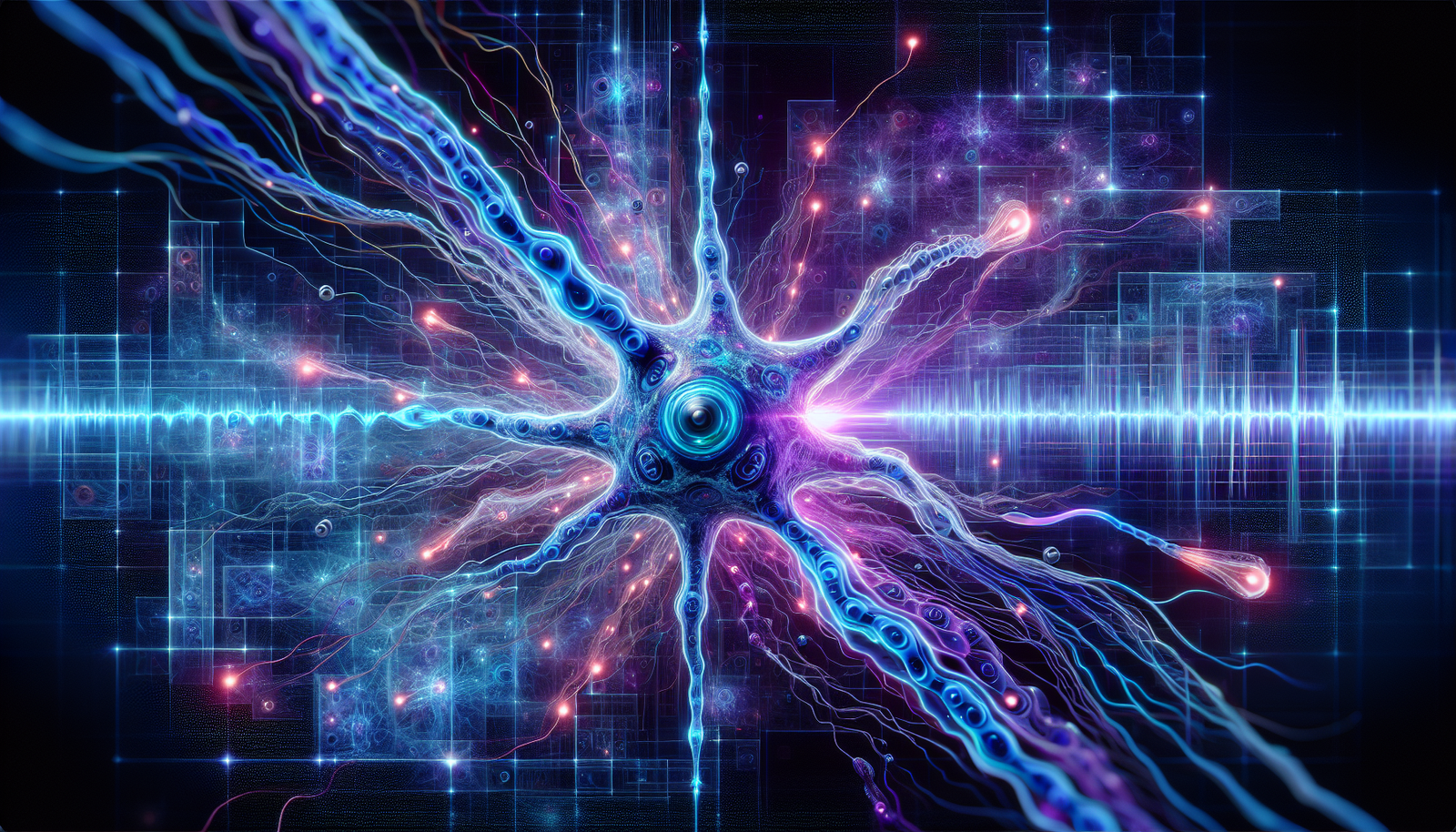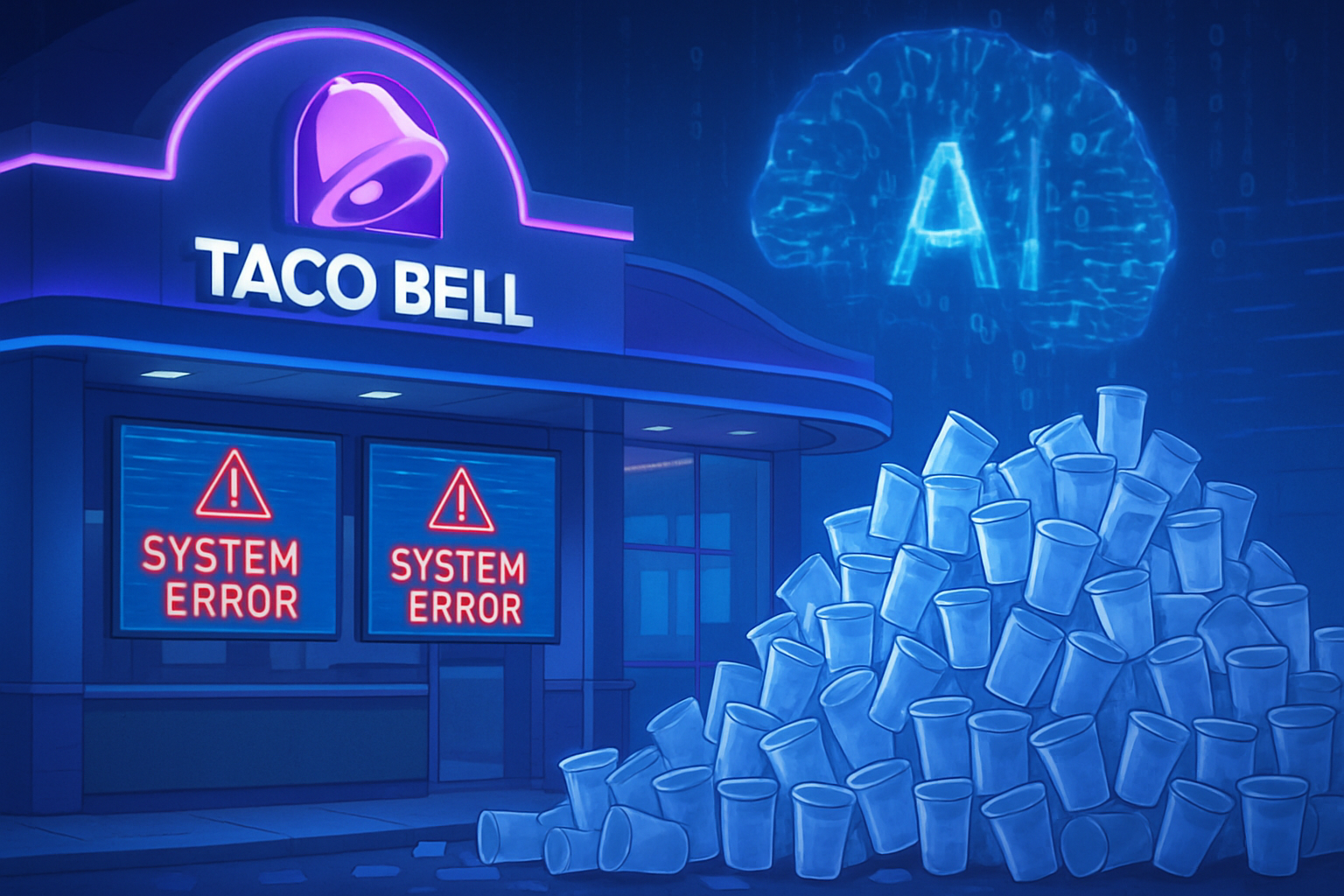Research in *artificial intelligence* is revolutionizing the technological landscape at a breathtaking speed. The development of a laser-based artificial neuron transcends the capabilities of traditional systems, perfectly mimicking the *complex functions of nerve cells*. This innovation promises to accelerate information processing, reaching impressive speeds of 10 GBaud, or a billion times faster than its biological counterparts. The integration of these laser neurons into *advanced computing systems* offers unprecedented prospects for the future of AI and intelligent devices.
A revolutionary advance in the field of artificial neurons
Research teams have designed a laser-based artificial neuron that reproduces the functions of a biological nerve cell. This device surpasses the capabilities of traditional neurons, particularly due to its processing speed, reaching 10 GBaud, or a billion times faster than its biological counterparts. This performance paves the way for potential significant advancements in fields such as artificial intelligence (AI) and advanced computing.
Features of the laser neuron
Biological neurons, particularly graded neurons, transmit information through continuous variations of membrane potential. In contrast, spike neurons adopt a binary communication, characterized by an all-or-nothing action potential. Researchers have designed the laser artificial neuron to emulate this neurological dynamic, thus facilitating more subtle and precise information manipulation.
Breaking speed limitations
Chaoran Huang, head of the research team at the Chinese University of Hong Kong, stated that their graded laser neuron overcomes the speed limitations presented by classical photonic models. This neuron has demonstrated a potential for increased efficiency for all critical applications, thereby suggesting an improvement in decision-making in AI.
Processing methods and performance
Experiments conducted by the researchers revealed that their laser-based neuron can process data from 100 million ECGs or 34.7 million digital handwritten images in just one second. With such performance, this neuron promises to optimize the execution of AI tasks, such as pattern recognition and sequence prediction.
Potential applications in the field of AI
Artificial neurons, functioning as neural networks, open new perspectives for AI. Experiments have shown exceptional performance in various fields, displaying an average accuracy rate of 98.4% in arrhythmia detection. Researchers are considering integrating these devices into edge computing devices, promoting faster and more energy-efficient data processing.
Technical innovations and operation
The key to the success of this laser neuron lies in its unique approach, utilizing radio frequency signals injected into the saturable absorption section of the quantum dot laser. This method eliminates the delays often encountered with traditional spikes in spike lasers. Thus, researchers have designed a system that combines speed, simplicity, and energy efficiency.
Next research steps
Researchers aim to deepen their studies in order to increase the processing speed of their laser neuron. They also plan to develop a more advanced reservoir computing architecture, including cascaded laser neurons, similar to biological neural networks. This advancement could amplify the potential of these artificial neurons.
More information: Yikun Nie et al, Integrated laser graded neuron enabling high-speed reservoir computing without feedback loop, Optica (2024). DOI: 10.1364/OPTICA.537231
Frequently asked questions
What is the operating principle of a laser-based artificial neuron?
The laser-based artificial neuron mimics the functions of biological nerve cells by using light signals to encode and process information, allowing for rapid data transmission.
How does this type of neuron exceed biological neurons in terms of speed?
With a signal processing speed reaching 10 GBaud, or a billion times faster than biological neurons, this artificial neuron avoids the typical speed limitations of biological neurons due to its innovative design.
How is a laser neuron different from photonic spike neurons?
Unlike spike neurons that use light pulses to transmit information, the laser neuron utilizes radio frequency signals, allowing for faster response and better energy efficiency.
What is the significance of graded laser neurons in artificial intelligence?
Graded laser neurons enable exceptional performance in AI tasks such as pattern recognition and sequence prediction, opening new avenues in developing faster and more accurate AI systems.
What types of applications could benefit from this technology?
This technology could transform areas like health monitoring, allowing for quick and accurate detection of cardiac arrhythmias, as well as other applications in real-time data analysis.
How do researchers plan to further improve laser-based artificial neurons?
Researchers are considering cascading multiple laser neurons to create more complex computing architectures, similar to the functioning of the human brain, to increase their performance in machine learning.
Does this technology have ecological advantages?
Yes, laser-based artificial neurons require less energy to operate compared to traditional systems, thereby contributing to a more sustainable and energy-efficient technological development.






